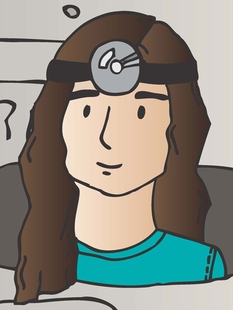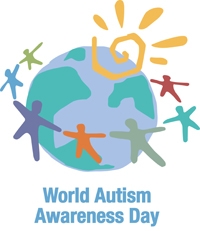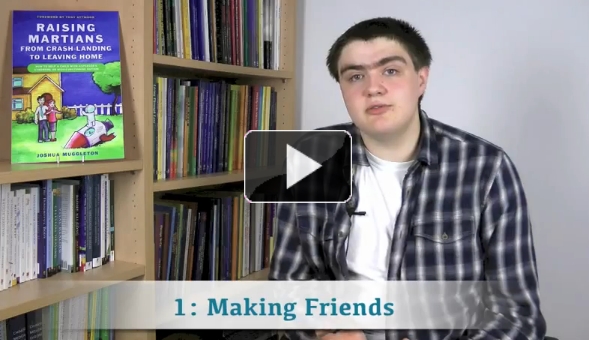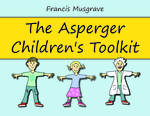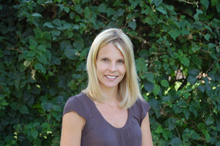In her own words: Maisie Voyager on racing worms, making cheeze with a ‘Z’ and outsmarting the dreaded colour purple!
In this interview, Maisie Voyager – star of the new novel, The Adventure of Maisie Voyager – takes some time from treasure hunting, travelling and taking on…
